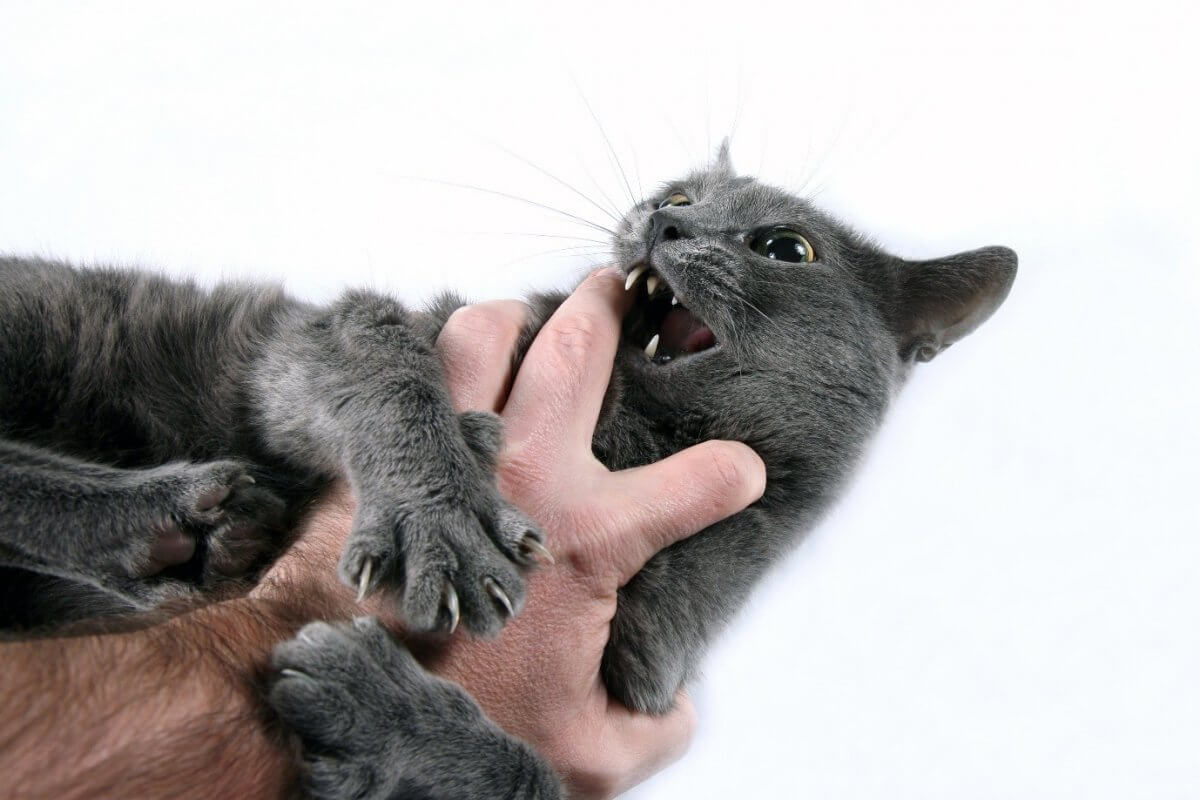Other than issues with using the litterbox, most cat owners report aggression to be the biggest problems in their pet in terms of behavior. Aggression isn’t just something that affects your cat – an aggressive cat can cause serious injuries and harm to you or your family members. The steps below will help you better understand how to tackle an angry cat.
Understanding what causes aggression
One mistake that most cat owners make is thinking there’s just one type of aggression. In fact, your cat’s anger is a resultant of different triggers. Understanding the root cause of this can help you find the right solution. Some common causes of aggression can be related to:
- Fear towards any object or person
- Fighting with other cats in the home
- Redirection of aggression
- Territorial or predatory behaviors
- Rough play, particularly in kittens
- The need to protect young or maternal instincts
- Irritability, pain, or underlying medical issues
If you notice your cat acting in a way that is not normal for her, this may be indicative of a medical problem. Either way, your first stop should be to go to the vet and clear her immediately. You can also ask your vet for advice regarding your cat’s behavior. Book your cat an appointment now.
How to stay safe when dealing with an aggressive cat
While it is important to help your cat through her aggression, you should know when to stop to prevent injuries through her sharp claws and teeth. Do not attempt to hold or carry an aggressive cat. If you must, use a towel or thick gloves to avoid scratches or bites.
Tackling an Aggressive Cat
Even if you understand why your cat is behaving the way she is, it can still be difficult to get her to calm down and end the behavior. Here are some quick tips to help you calm down your cat:
Distract your cat: Clicking, whistling, or using a toy to distract your cat can do wonders, especially when the aggression is over something small and easy to forget.
Increase playtime: although this is more of a long-term solution, it is nevertheless a great one. One of the biggest causes of aggression is pent up energy, which comes out in the form of rough play. The best thing you could do is spend more time with your pet, and playing with them using interactive toys like a wand toy. These help foster a bond between the two of you. If you can’t spare the time, you can give your cat a scratch post instead, so she can explore it on her own time.
Use calming sprays: Cats naturally release pheromones. These help to keep them calm and friendly. In stressful environments, especially those where the aggression is arising because of conflict with another cat, calming sprays can be especially helpful. This helps to reduce their overall anxiety and gives them a feeling of calm. However, before you use any products, don’t forget to consult with your vet to make sure the spray is cat-friendly and safe.
Long term, you can also use behavior modification on your cat. This basically means helping her associate something good with something that triggers her aggression. With the right care, you will almost certainly identify the underlying stressor, and using simple techniques, you can make a big difference in your cat’s behavior.

